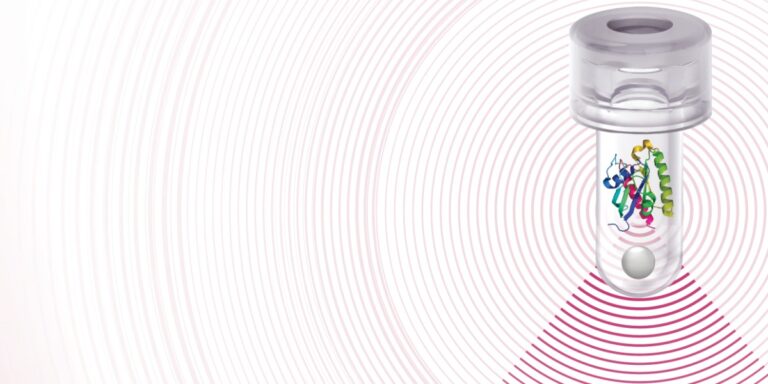Adaptive Focused Acoustics®: A Superior Method to Extract Proteins
Unlike bath and probe sonication, Adaptive Focused Acoustics® (AFA®) is a protein extraction method that avoids heat damage, cross-contamination, and inconsistent protein yields. This article breaks down the benefits of AFA and explains how it works.








































